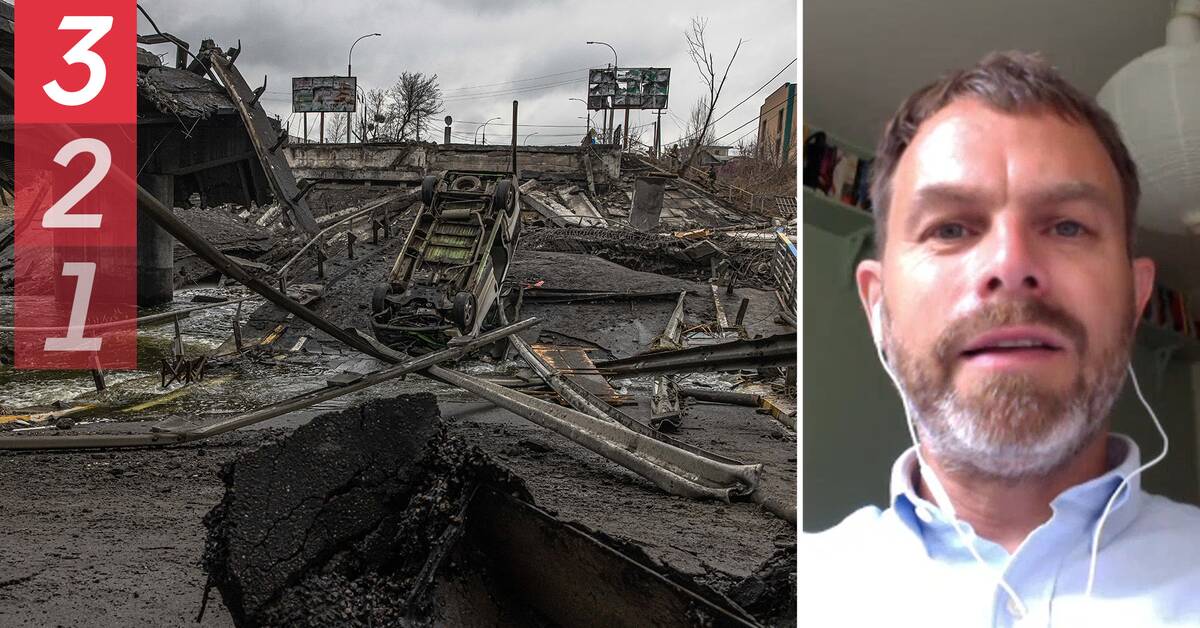- The invasion attempt has gone from moving quickly over large parts of Ukraine to a static trench war in the Donbas.
An artillery war where it is life threatening to film, take photos or even be nearby.
Previously, anyone who wanted to know what was happening in Ukraine had good access to information.
In addition to traditional news providers, social media such as Twitter, Tiktok and Telegram were filled every day with eyewitness accounts and film clips, often from the soldiers 'and refugees' own perspective.
Falling interest
- But now the supply of such material, what we call open sources, has decreased.
Especially since both sides in the war are actively trying to limit it, says Ivar Ekman, who is an analyst at the Swedish Defense Research Agency FOI.
He also believes that the outside world's interest in what is happening on the ground in war-torn Ukraine has diminished, and then the algorithms that control the flows on social media are also affected so that they are spread to fewer individuals.
The idea that open sources could replace more traditional intelligence work has taken off.
- Many who may have seen clips of Ukrainian soldiers who manage to blow up a tank in the air probably got the feeling of "it looks like they are winning the war".
Now one realizes that the reality is bigger and more complicated than that.
Propaganda from two sides
Even in the traditional news media, the flow of information about what is happening in Ukraine is decreasing.
According to Erik Halkjaer, chairman of the organization Reporters Without Borders, this is because nowadays it is not only the Russian side that deals with disinformation and pure propaganda, but also the Ukrainian side.
He sees a risk that many newsrooms will lose interest in the increasingly static war that is going on in the eastern parts of Ukraine.
A continuation of what has been going on since 2015.
- The more protracted a conflict becomes, the more important it is that independent journalists are on site and can report sustainably.
There is, in fact, a peace-building aspect of journalism.
The wars in Yemen and Syria show how long it can last when no one reports it anymore.

